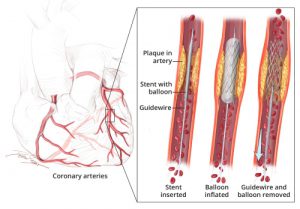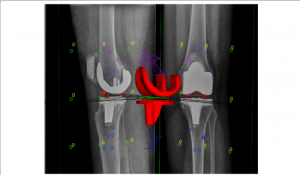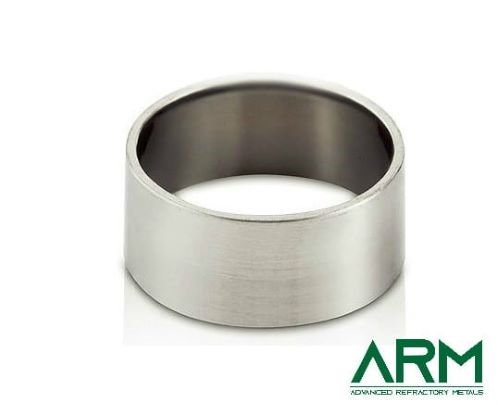Introduction
Tantalum marker bands play a vital role in medical applications, particularly in imaging and surgical procedures. Known for their high density, radiopacity, and biocompatibility, they are indispensable in ensuring precision and safety in medical practices. This article explores the various forms of tantalum marker bands, their unique properties, and their applications in the medical field.

1. Standard Tantalum Marker Bands
Standard tantalum marker bands are cylindrical and come in various diameters and lengths to fit different medical devices such as catheters and stents. These bands are highly visible under X-ray, aiding in the precise placement of medical devices within the body. Their primary use is to mark specific locations, ensuring accurate placement and alignment during procedures.
They find applications in:
- Catheters: Standard markers are used to mark the ends and critical points of catheters, helping doctors position them accurately within blood vessels.
- Stents: In stent placement, these bands ensure the stent is correctly located in the targeted area, reducing the risk of misplacement.
 [1]
[1]
1. Pre-crimped Tantalum Marker Bands
Pre-crimped tantalum marker bands are designed to fit securely onto medical devices without additional processing. These bands are pre-shaped to the desired diameter, making them easy to attach to catheters or guide wires. Their pre-crimped design reduces preparation time during surgical procedures.
Their applications include:
- Guide Wires: Pre-crimped marker bands are used on guide wires to provide clear visual markers during navigation through blood vessels.
- Balloon Catheters: They help in the accurate positioning of balloon catheters during angioplasty procedures.
2. Tantalum Wire Marker Bands
Tantalum wire marker bands are made from thin tantalum wires coiled into small rings. These bands offer flexibility and can be customized to different sizes and shapes. They are especially useful in applications where a flexible yet visible marker is needed.
- Flexible Catheters: They are useful for flexible catheters to provide visible markers while maintaining the catheter’s flexibility.
- Complex Anatomies: These bands are ideal for procedures involving complex anatomical structures where precise navigation is required.
3. Tantalum Bead Marker Bands
Tantalum bead marker bands consist of small spherical beads made from tantalum. These beads are attached to medical devices at specific points to act as precise markers. They are particularly useful in applications requiring pinpoint accuracy.
- Radiostereometric Analysis (RSA): Tantalum beads are used in RSA studies to measure the movement of bones and implants with high precision.
- Implant Positioning: These beads help in accurately positioning implants during orthopedic surgeries.
 [2]
[2]
Benefits of Tantalum Marker Bands
- High Radiopacity
Tantalum marker bands have a high density, making them highly visible under X-ray. This radiopacity ensures clear imaging and precise device placement, reducing the risk of complications during medical procedures.
- Biocompatibility
Tantalum is highly biocompatible, meaning it is well-tolerated by the human body. This property minimizes the risk of adverse reactions, making tantalum marker bands safe for use in long-term implants and sensitive applications.
- Versatility
The different forms of tantalum marker bands cater to various medical needs, from flexible catheters to rigid stents. This versatility allows for their use in a wide range of procedures, enhancing the accuracy and effectiveness of medical interventions.
Conclusion
With high radiopacity, biocompatibility, and versatility, tantalum marker bands have become ideal for ensuring precise placement and alignment of medical devices. Whether in standard, pre-crimped, wire, or bead forms, tantalum marker bands provide critical support in achieving successful medical outcomes. As medical technology advances, the role of tantalum marker bands will continue to be vital in enhancing the precision and safety of medical practices. For more information, please check Advanced Refractory Metals (ARM).
Reference:
[1] National Heart, Lung, and Blood Institute (2023, November 23). Getting a Stent. National Heart, Lung, and Blood Institute. Retrieved July 19, 2024, from https://www.nhlbi.nih.gov/health/stents/during
[2] Yilmaz, Müjgan & Holm, Christina & Lind, Thomas & Odgaard, Anders & Petersen, Michael. (2021). Bone remodeling and implant migration of uncemented femoral and cemented asymmetrical tibial components in total knee arthroplasty – DXA and RSA evaluation with 2-year follow up. Knee Surgery & Related Research. 33. 10.1186/s43019-021-00111-5.
